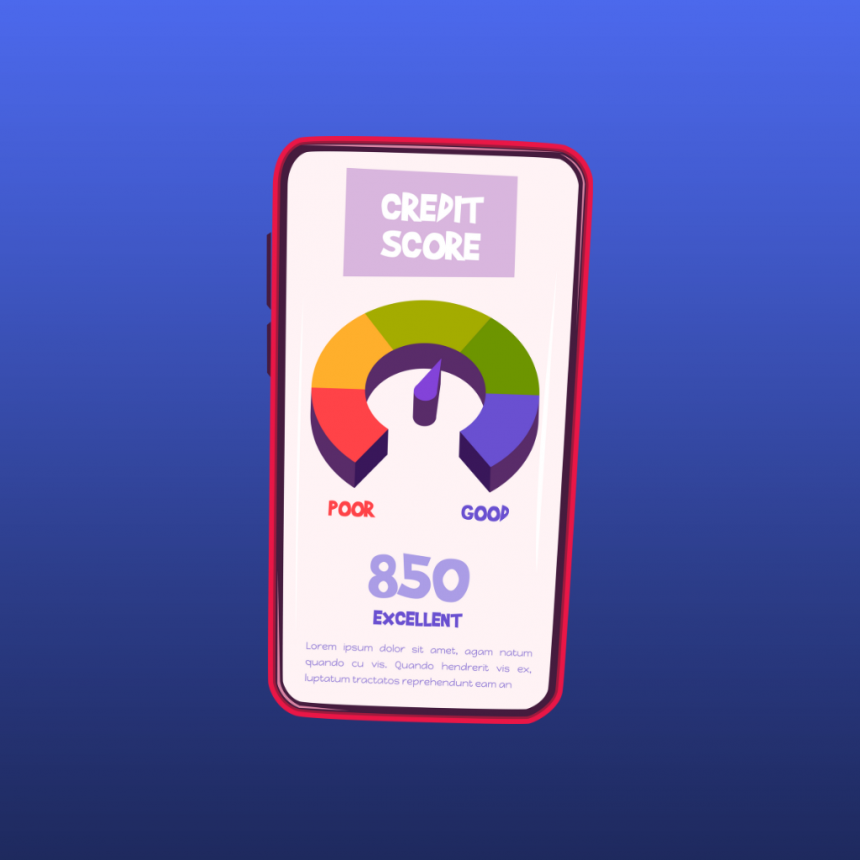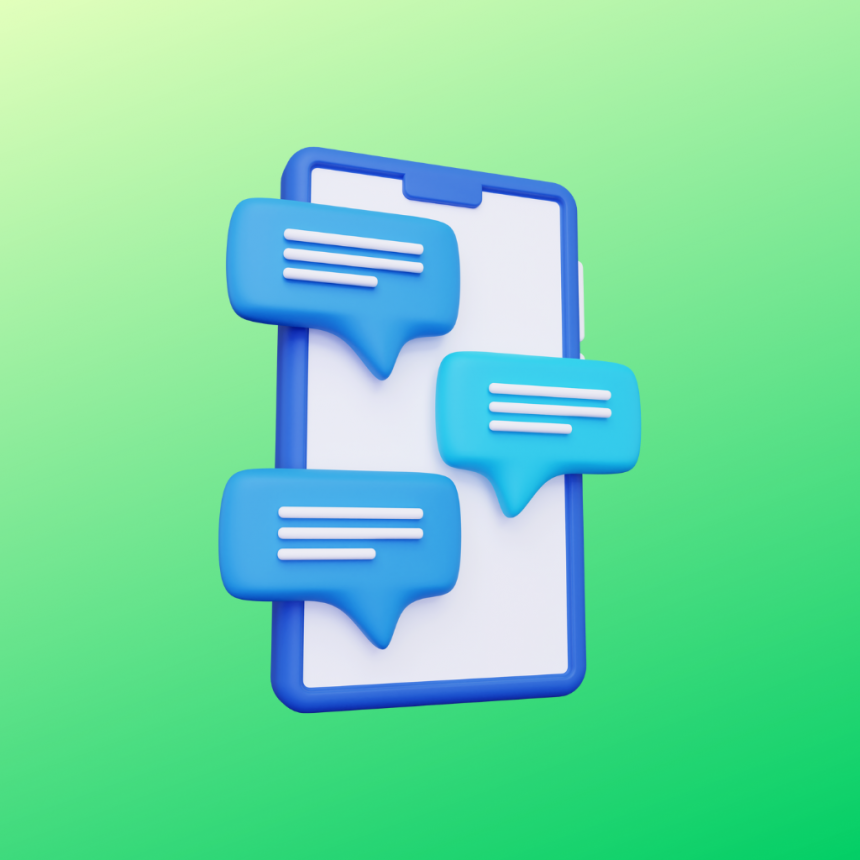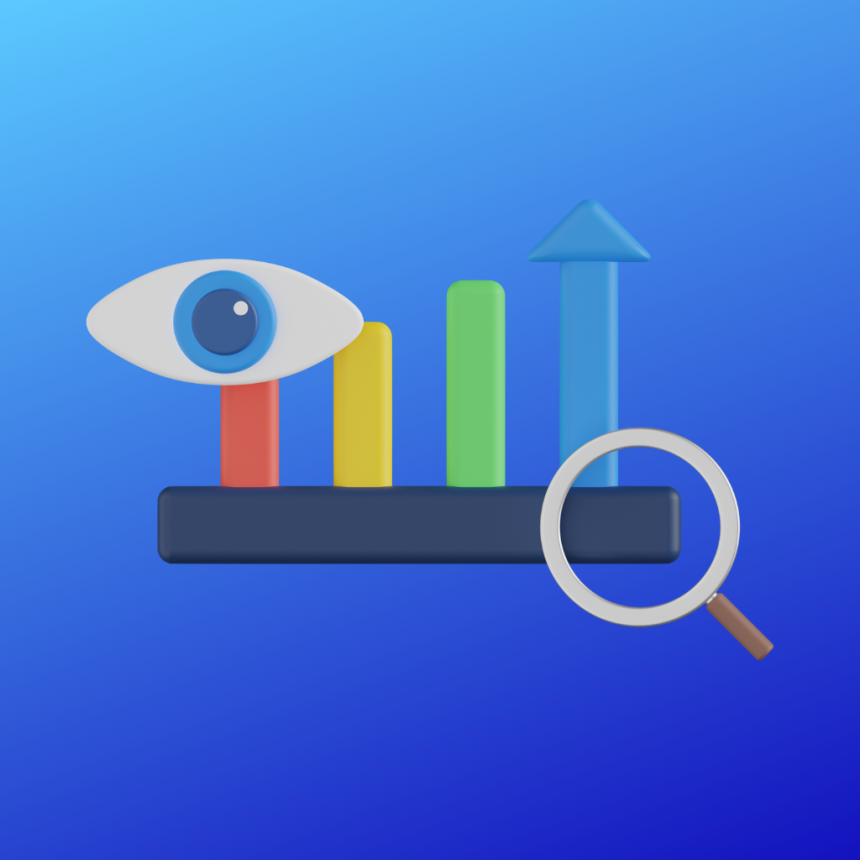
PHP for Beginners: A Simple Tutorial
PHP, which stands for Hypertext Preprocessor, is a server-side scripting language that is widely used to create dynamic web pages. It is an open-source language, meaning it is free to use and distribute. This tutorial is aimed at beginners who have little to no experience with PHP and want to learn the basics.
To get started with PHP, you will need a web server that supports PHP and a text editor to write your code. Some popular web servers that support PHP include Apache and Nginx. For text editors, you can use something as simple as Notepad or a more advanced program like Sublime Text.
The first thing you need to know about PHP is that it is executed on the server, not in the browser. This means that when a user requests a PHP page, the server runs the PHP code and sends the results to the browser. The browser then displays the results as a regular HTML page.
To create a PHP page, you need to save the file with a .php extension. For example, mypage.php. You can then add PHP code to the file by enclosing it in PHP tags. The opening tag is <?php and the closing tag is ?>. For example:
<?php echo "Hello, World!"; ?>
This code will display "Hello, World!" on the web page when it is run. The echo statement is used to output text or variables to the web page.
Variables in PHP are declared using the "$" symbol. For example, to create a variable called "name" and give it a value of "John", you would use the following code:
<?php $name = "John"; echo "My name is $name"; ?>
This code will display "My name is John" on the web page.
PHP also supports various data types such as strings, integers, and arrays. For example, to create an array of names, you would use the following code:
<?php
$names = array("John", "Mary", "Bob");
echo "The first name in the array is $names[0]";
?>
This code will display "The first name in the array is John" on the web page.
PHP also has a variety of control structures such as if-else statements, for loops, and while loops. For example, to use an if-else statement, you would use the following code:
<?php
$age = 25;
if ($age >= 18) {
echo "You are an adult";
} else {
echo "You are a minor";
}
?>
This code will display "You are an adult" if the value of $age is greater than or equal to 18, and "You are a minor" if it is not.
There are many other concepts and features of PHP that you can learn, such as functions, classes, and forms. But this tutorial should give you a good foundation to start building your own PHP web pages. Remember to always keep practicing and experimenting with new code to improve your skills.
In conclusion, PHP is a versatile language that is widely used for web development. It is easy to learn for beginners and provides many features for more advanced users. With the knowledge from this tutorial and practice, you'll be able to create dynamic web pages and build your own web applications.





